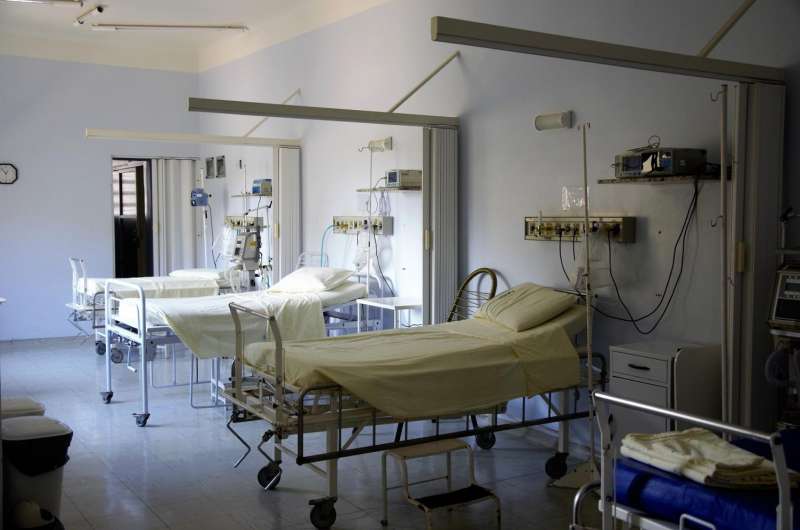Harnessing computational intelligence to improve the management of health emergencies

Hospitals and healthcare facilities use numerous databases containing the records of a whole host of physiological variables of the patients they treat. The processing and analysis of these data can enable healthcare staff to anticipate and spot those patients at greater risk of deterioration. Asier Garmendia, a researcher in the GIC (Computational Intelligence Group) at the UPV/EHU, has developed a system based on computational intelligence for this purpose.
In his study, he used two databases from one of two hospitals in Santiago de Chile. One of the databases chosen for this study was on paediatric patients admitted to the intensive care units for respiratory problems; the other was on patients discharged from emergency care who returned after a few days and were subsequently admitted to hospital. These two databases coincide with two of the biggest problems in healthcare associated with large cities like Santiago de Chile—respiratory diseases caused by pollution and the management of the attention and care of the patients who come in search of medical attention, according to Garmendia.
Early detection, better care
In the first case, by using the records of the variables taken from each patient during hospitalisation, the aim was to specify the degree of triage, which is the variable that classifies patients according to seriousness on the basis of the other variables, such as temperature, oxygen saturation, breathing rate, etc. "By means of computational intelligence algorithms, an attempt is made to predict what the triage should be," said the researcher. The final aim of this system would be to automatically monitor the patients and alert medical staff whenever the triage worsens. This study also revealed that the variable that best predicts the triage level is breathing rate. "This is strange, as the doctors say that in their opinion, the variable that best predicts this triage is the oxygen saturation in the blood," he said.
In the second case, the researchers sought to determine whether to discharge emergency patients or admit them to hospital. "The problem that exists in this aspect is that a proportion of the patients who are discharged during the first consultation return to the A&E service after a few days and then they are in fact hospitalised. Approximately 14 percent of paediatric cases returning to consultation within a period of time of between three and seven days are admitted to hospital. In the case of adult patients, they are one in three," explained Garmendia.
"Having a system to solve this problem would lead to better care of the patients, of course, but it would also signify considerable economic savings. First, the resources of the healthcare services would be better managed, and second, a situation that currently arises with insurance would be avoided—insurance companies do not cover the costs arising out of hospitalisation in these cases, as they regard having discharged the patient during the first consultation as hospital negligence." The result given by the algorithms developed for this purpose had a degree of precision of 60 percent. "Our system was capable of spotting seriousness in six out of every 10 patients who, in principle, did not appear to be likely candidates for hospital admission immediately."
The prediction systems developed "could be extended to and applied in any hospital in any country," said Garmendia. "But it is necessary to continue working on the design of the system, expand the number of data, and make the necessary adjustments," he concluded.
More information: Asier Garmendia et al, Predicting Patient Hospitalization after Emergency Readmission, Cybernetics and Systems (2017). DOI: 10.1080/01969722.2016.1276772














